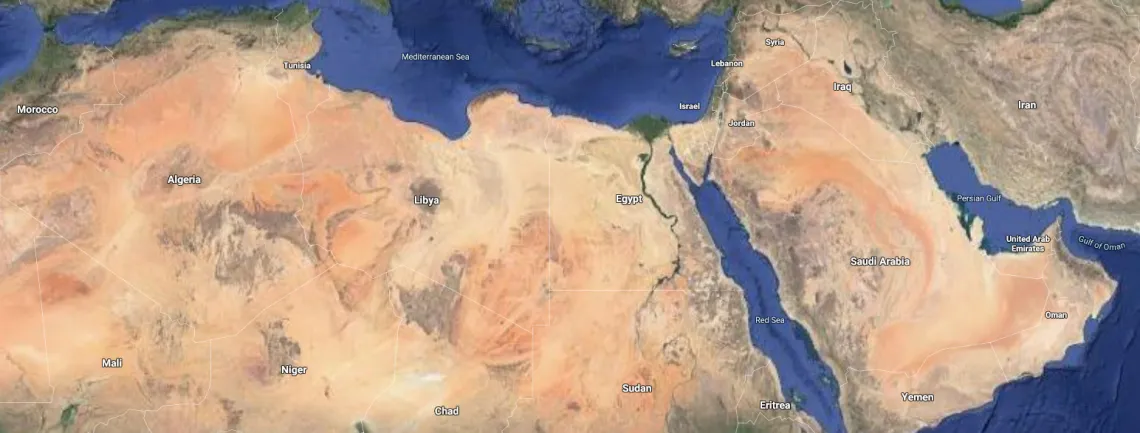G-WADI Products Highlighted in UNESCO-ESCWA Remote Sensing Course at UAB, Lebanon

A “Regional Training Regional Workshop on Remotely Sensed Observation of Precipitation Using Artificial Intelligence” was held at the American University of Beirut (AUB, Lebanon) on 8-15 October 2019. It was organized by UNESCO’s Regional Bureau for Science for the Arab States in partnership with the Center for Hydrometeorology and Remote Sensing at the University of California, Irvine (CHRS) and the United Nations Economic and Social Commission for West Asia (ESCWA). The instructors included Soroosh Sorooshian, Kuolin Hsu and Phu Nguyen of CHRS, along with Bisher Imam, Regional Hydrologistand Senior Programme Specialist for the Regional Bureau.
An open technical seminar was also held on the morning of the workshop. Welcoming remarks were delivered by Rabih Mohtar (Dean FAFS/AUB), Ghaleb Faour (National Council for Scientific Research, CNRS, Lebanon), Claudia Abi Nader (Lebanon representative to UNESCO Executive Board), Roula Majdalani (Director, Sustainable Development Division ESCWA), and Ghaith Fariz (Dir/FU/CAI). Soroosh Sorooshian, Marlene Ann Tomaszkiewicz (ESCWA), Ghaith Fariz, Rabi H. Mohtar (AUB) and Kuolin Hsu gave the keynote presentations.
The ~30 participants in the hands-on workshop came from Lebanon, Syria, Egypt, Morocco, Oman, Tunisia, Palestine, Jordan, Iraq, and Sudan. The overall framework was PERSIANN—a continuously evolving system of algorithms for estimation of global precipitation from satellite observations. The PERSIANN products are freely available through a suite of open access web-mapping interfaces that allow the users, worldwide to visualize, analyze, subset spatially and temporally all of CHRS global data sets.
Topics included:
- Elements of the hydrologic cycle with emphasis on precipitation;
- Introduction to G-WADI CHRS RainSphere – an integrated system for global satellite precipitation data and information;
- Satellite precipitation estimation at CHRS UCI: Algorithm Development & Challenges;
- Introduction to G-WADI CHRS iRain – an integrated system for global real-time satellite precipitation observation; and
- Bias adjustment of PERSIANN-CCS estimates using rain gauge observations.
On the last day of the workshop, applications of the PERSIANN products at a country and multi-country level were presented by the participants.
